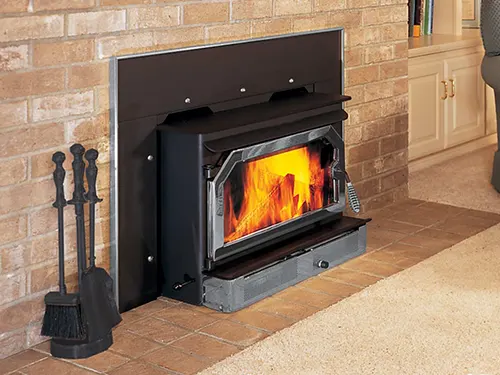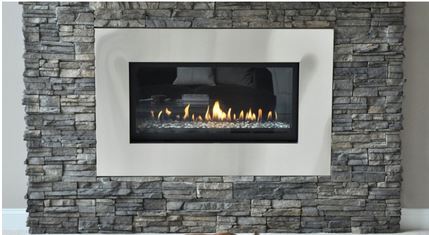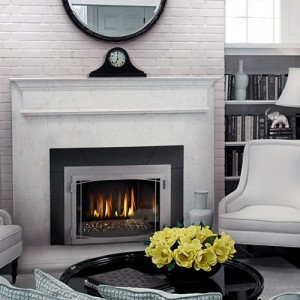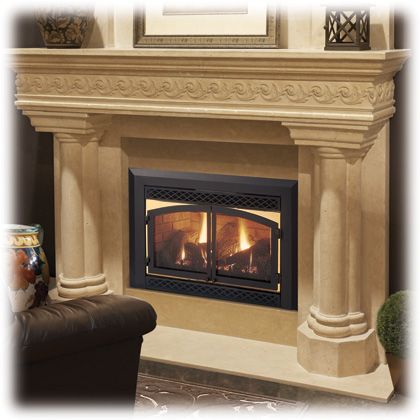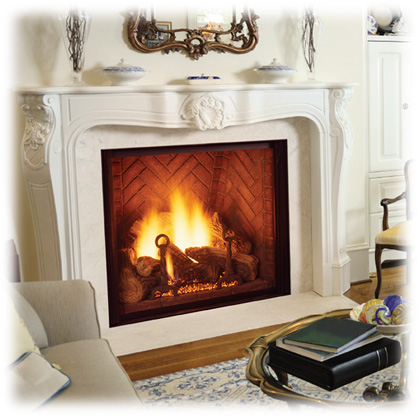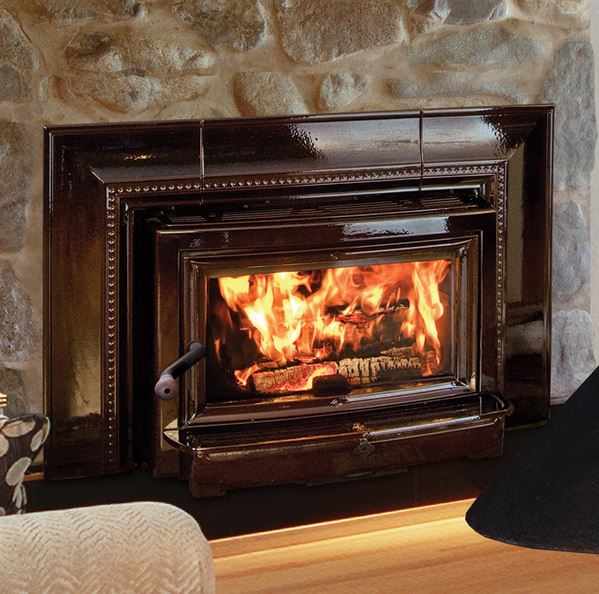
Remove the hassle of constant basting from the Thanksgiving equation and pop the turkey on a rotisserie. As it rotates it bastes itself to juicy, smoky perfection, plus the stuffing underneath catches all the flavorful drippings.
Ingredients:
Turkey:
- 1 x 12- to 14-pound turkey, wing tips removed with kitchen shears
- 3 tablespoons brown sugar
- 1 tablespoon paprika
- Kosher salt and freshly ground black pepper
- Vegetable oil, for the turkey
- 6 tablespoons unsalted butter, melted
Stuffing:
- 1 stick (8 tablespoons) unsalted butter
- 2 tablespoons fresh sage, minced
- 2 tablespoons fresh thyme, minced
- 3 stalks celery, diced
- 2 yellow onions, diced
- Kosher salt and freshly ground black pepper
- 3 cups turkey or chicken broth
- 2 large eggs
- 1/2 cup fresh parsley leaves, chopped
- 16 cups cubed stale white bread
Directions
Special equipment: a rotisserie attachment for a grill; butcher's twine; a 9-by-13-inch disposable aluminum pan or half-sheet pan; an instant-read thermometer
For the turkey:
Prepare a grill fitted with a rotisserie attachment according to the manufacturer's instructions for cooking over medium-high heat.
Truss the turkey with butcher's twine so it is compact, then mount the turkey on the rotisserie spit. Push in the spit forks so they are very secure; tighten the screws well.
Mix together the sugar, paprika, 2 tablespoons salt and 1 tablespoon pepper in a small bowl until combined.
Rub the turkey all over with oil and sprinkle with the seasoning.
Place the spit on the rotisserie. Position a 9-by-13-inch disposable aluminum pan or a half-sheet pan under the turkey.
Cover the grill and cook until the skin starts to brown slightly, about 20 minutes.
Uncover the grill, drizzle the turkey slowly with the melted butter as it turns, then cover the grill and continue to cook for another 40 minutes.
For the stuffing:
Meanwhile, melt the butter in a large skillet over medium heat. Add the sage, thyme, celery, onions, 1 teaspoon salt and 1/2 teaspoon pepper and cook until the vegetables are softened, about 5 minutes. Add the broth and bring to a simmer. Remove from the heat.
Beat the eggs with the parsley in a large bowl. Add the bread, then pour in the vegetable-broth mixture and toss to combine.
After the turkey has been roasting for 1 hour, uncover the grill and carefully spoon the stuffing into the pan under the turkey.
Cover the grill and continue to cook until a thermometer inserted in the thickest part of the thigh registers 165 degrees F and the stuffing is golden on top and hot throughout, another 1 hour to 1 hour 15 minutes; remove the stuffing earlier if it starts to brown too quickly on the bottom.
Remove the turkey from the spit and let rest for 30 minutes before carving. Keep the stuffing warm until ready to serve.
Recipe and image: foodnetwork.com/recipes


